Can you swim in the Black Sea? With such a foreboding name, it is no wonder that many people believe you cannot swim in the Black Sea.
However, the Black Sea is COMPLETELY SAFE to swim in and is a popular summer destination for many looking for refuge from the heat.
The Black Sea has a unique feature, which might make people believe it is not swimmable. The Black Sea is anoxic, meaning there is only a small amount of dissolved oxygen in the water.
How does this affect swimming in the Black Sea?
In this guide, we’ll be covering all you need to know before you pack your swimwear and dive into the Black Sea.
Where Is The Black Sea?
The Black Sea, sometimes called The Red Sea, is a landlocked sea that borders several countries in Eastern Europe. To the north, it connects Ukraine and Russia. To the West, it spans the entirety of the Bulgarian and Romanian coastline. To the East, it meets with Georgia. Finally, to the South, it occupies the entire Northen edge of Turkey.
There is a dispute about whether the Black Sea is actually considered a sea or a giant lake, as the sea is mostly landlocked, with only one channel connecting it to wider oceans along the Bosphorus.
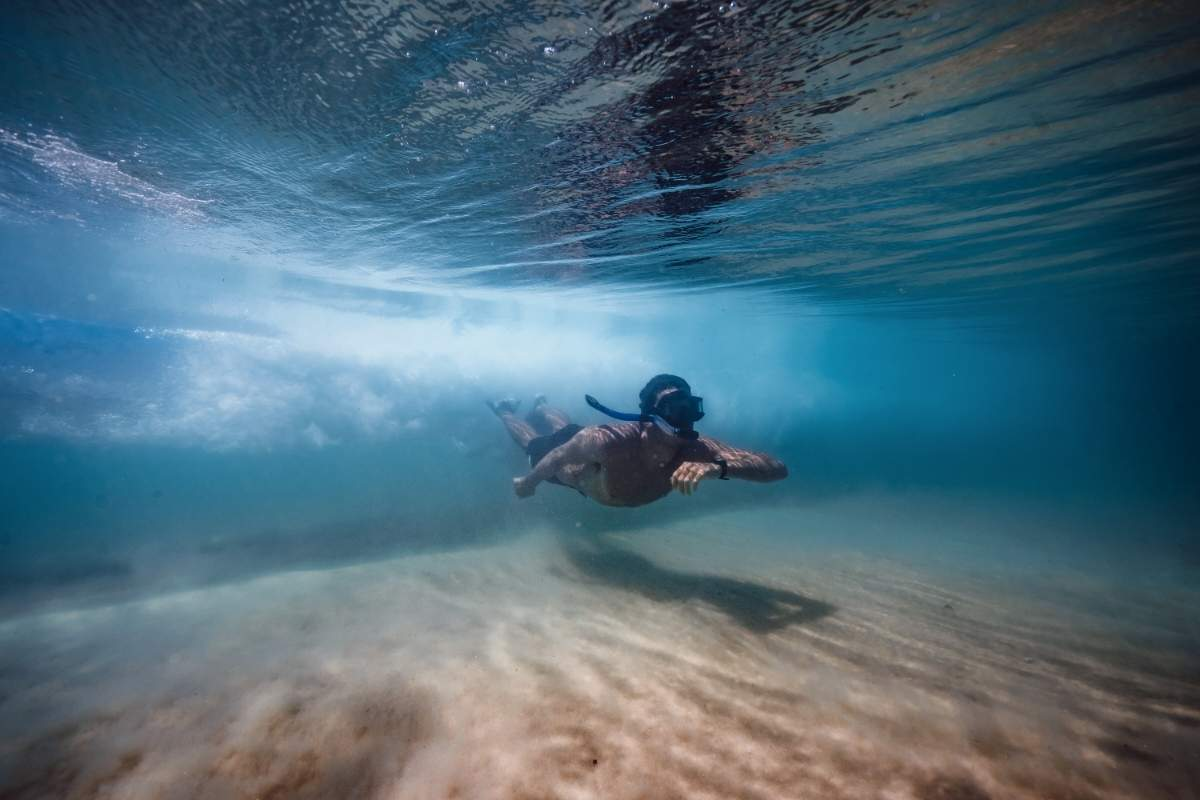
What is the History of the Black Sea?
The Black Sea is a 436,400 km2 (168,500 sq mi) oval-shaped sea that connects Europe and Asia. The deepest part of the sea is at 2,212 m (7,257 ft).
There has been an argument for many years about whether the Black Sea is a lake. Well, according to researchers, the Black Sea was a lake until 7,000 years ago, when the rising Mediterranean sea levels pushed its way through the channel (now known as the Bosphorus), causing saltwater to make its way into the freshwater lake and turn it into a sea.
Its water is supplied by several rivers, most notably the Danube, Dnieper, and Don, and it drains through the Bosphorus Strait and Dardanelles, which connects it to the Aegean Sea and Mediterranean Sea. Because the Bosphorus and Dardanelles have a two-way current, they are consistently pushing more saltwater into the lake which mixes with the fresh water from the rivers.
Because there is a steady amount of fresh water running into the sea, it has a lower salinity than the average ocean.
The biggest secret known to history is the story of its name. Many theorists believe it was called The Black Sea because of the dark color of its water. According to documents from Ancient Greece, the sea was once called “Pontus Axeinus” which means “inhospitable”.
It was said that the Pontus region was home to barbarian tribes that lived a savage existence, making the area inhospitable, or dead. It was also hard to navigate across the seas, so many ships perished in the rough waves.
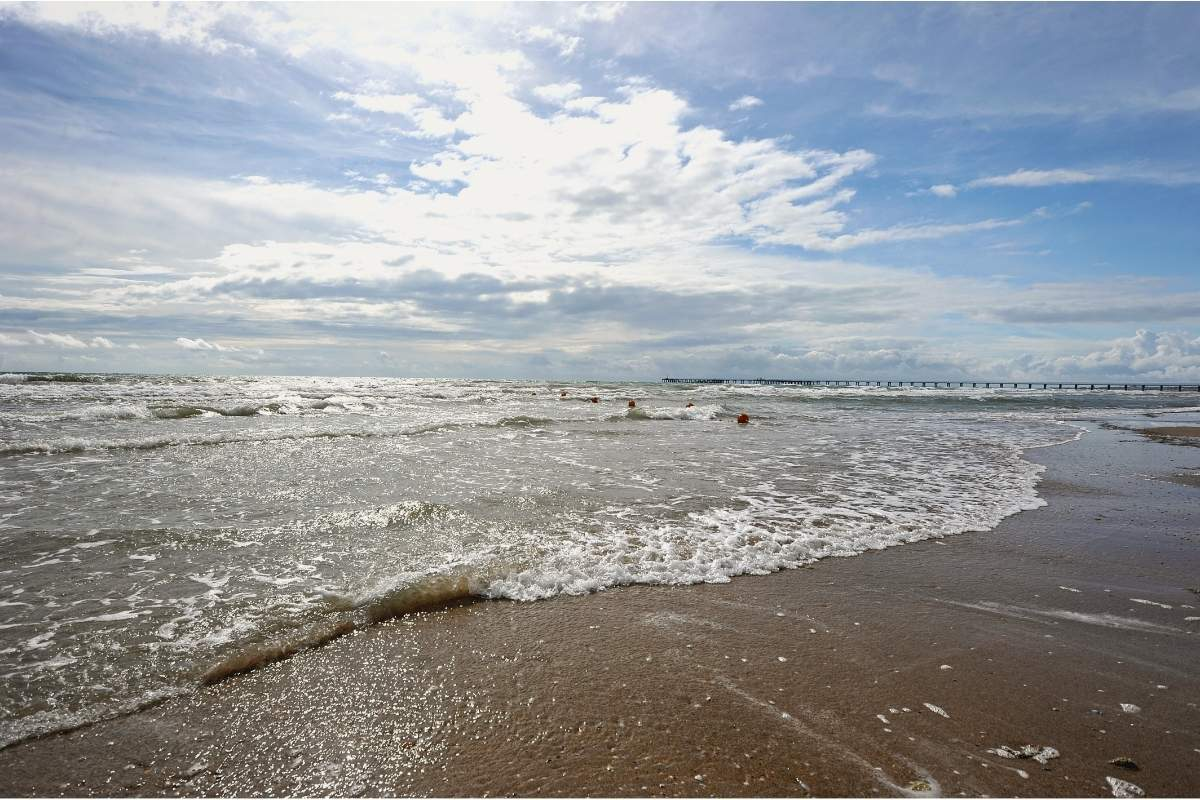
The Climate of The Black Sea
Because the sea is mostly landlocked, the temperature can fluctuate depending on the season. Generally, in the summer months, you can expect the water to be between 75 °F (24 °C) and 99 °F (37 °C) depending on the location. In the winter, the lowest temp is around 46 °F (8 °C).
Generally, the temperature is warmer in the North and cooler in the South on the Turkey border. The wind is strong all year round, no matter where you are located.
The wind also means the waves are generally quite large in some areas and not great for swimming. It’s best to look for a sheltered beach out of the wind if you want to go swimming.
Is it Safe to Swim in the Black Sea?
Many people wonder whether it’s dangerous to swim in the Black Sea and the simple answer is; no, it’s not dangerous. The reason for this is that the black sea has two layers, a freshwater top layer from the rivers and a saltwater bottom layer. The freshwater layer is clean and safe for swimmers.
Full disclosure, there is a layer of hydrogen sulfide, a very poisonous gas, that lies in the Sea. This is usually around 300 feet (91 meters) below the surface so it’s unlikely this will bother swimmers. Even if you’re diving in the black sea, you won’t venture that deep.
One of the reasons why some visitors worry about swimming in the Black Sea is because it’s anoxic. This simply means there is an absence of dissolved oxygen in the water.
This happens when the surface layer of the ocean and the bottom layer of the ocean cannot mix, and therefore one layer doesn’t receive oxygen. Because water is transferred mostly through the Bosphorus and Dardanelles strait, the inflow is more saline than the outflow and is unable to mix.

Not only does this make the sea anoxic but it also means there is less saline in the Black Sea than in the average ocean.
What anoxic waters mean is that due to there being less oxygen, less life can live in the waters; you’ll find the Black Sea features less fish, bacteria, and algae than you would find in a normal Sea or lake. Great for those who don’t like swimming through seaweed!
The anoxic area also means that the remains of ships and objects dropped by sailors over time have been well-preserved as no bacteria can grow on them. Perfect for those interested in diving in search of shipwrecks in the Black Sea.
Occasionally, debris from these objects makes its way to the surface, but as long as you don’t touch them, they won’t harm you.
What About Animal Life in the Black Sea?
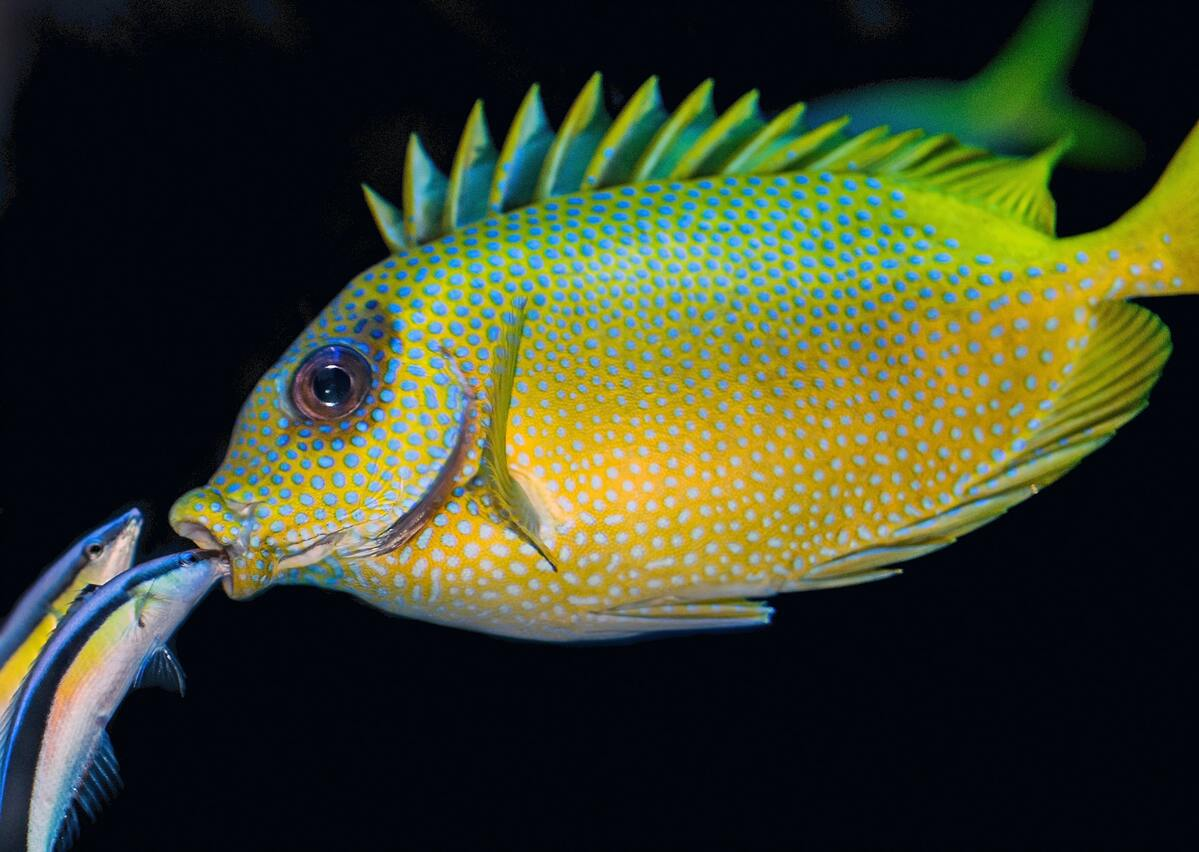
Because there is an absence of oxygen in the lower levels of the lake, there is not enough oxygen to support life. As such, there is less marine life in the Black Sea than you would normally find in an ocean. That being said, it’s not completely empty. It is said there are over 200 species of fish, 3/4 of which are endemic (native to the Sea).
Aside from small fish, you can find crabs, mollusks, sea snakes, and rays. Occasionally, you might see a small shark or bottlenose dolphin make an appearance here, but this is very rare. Because of the unique environment, marine lovers can encounter a variety of rather exotic sea creatures here!
As well as what lives in the sea, it’s not uncommon to see boars, bears, and wolves line the forested shores of the Russian regions, as well as in some places in Bulgaria and Romania.
Where Can You Go Swimming in the Black Sea?
There are many destinations where you can swim in the Black Sea. In Turkey, the city of Istanbul is only 1.5-2 hours away by bus and makes for a great day trip. However, there are some really interesting and beautiful coastal areas across the country that are worth a visit too.
Some of the most famous cities in Turkey where you can admire the Black Sea coast are Trabzon and Giresun in the northeast, Sinop in the central north region, and Amasra, a city in the northwestern region. All these cities run along the southern edge of the Black Sea.
Trabzon
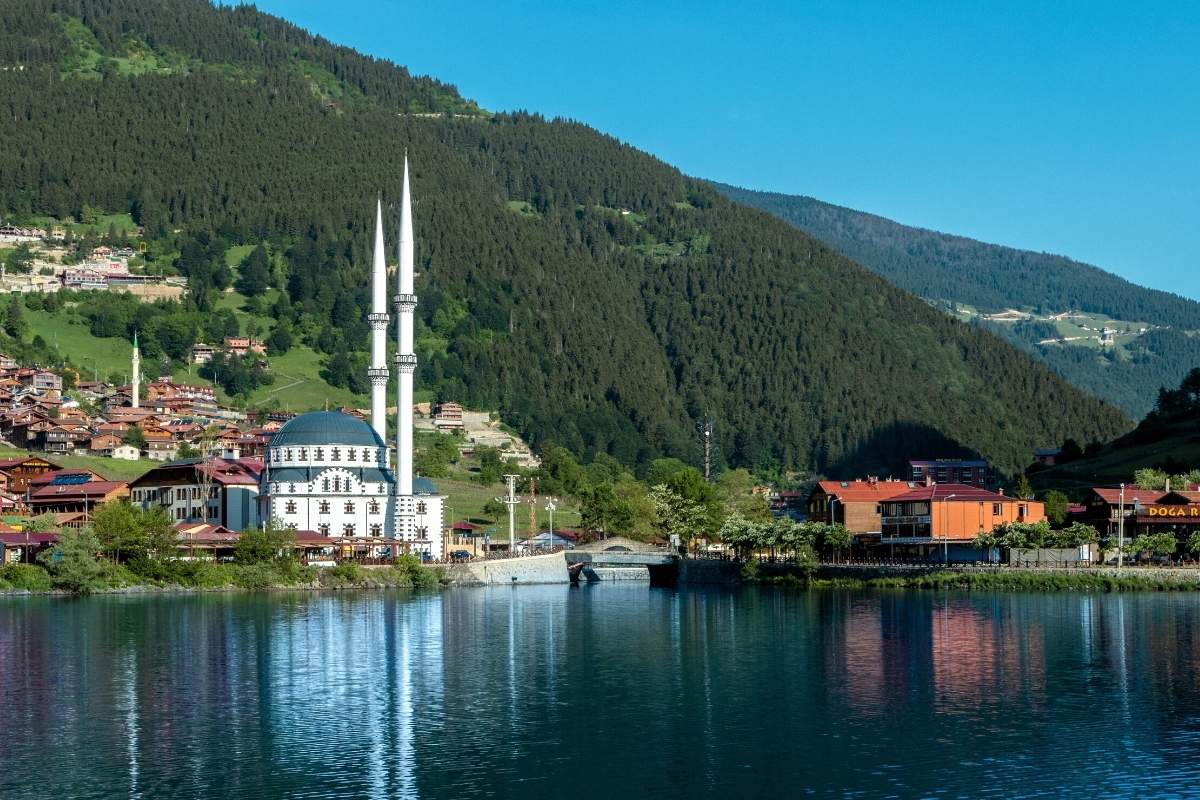
If we had to choose one for a holiday destination, we would have to pick Trabzon. Not only does it have direct access to the Black Sea, but it lies in a mountainous valley, almost like a fjord you would expect to see in Norway. Its nature is stunning, being surrounded by forests and hiking trails.
As well as this, it also has access to some of Turkey’s best landmarks, including the Sumela Monastery.
There are several stunning sandy beaches around Trabzon, but our favorite is the Çamburnu Plajı beach, which has clean, golden sand, and gentle waves and there are sun loungers so you can relax and enjoy the wonderful Turkish weather. It’s also sheltered, so you don’t get that biting Black Sea wind coming in.
Giresun
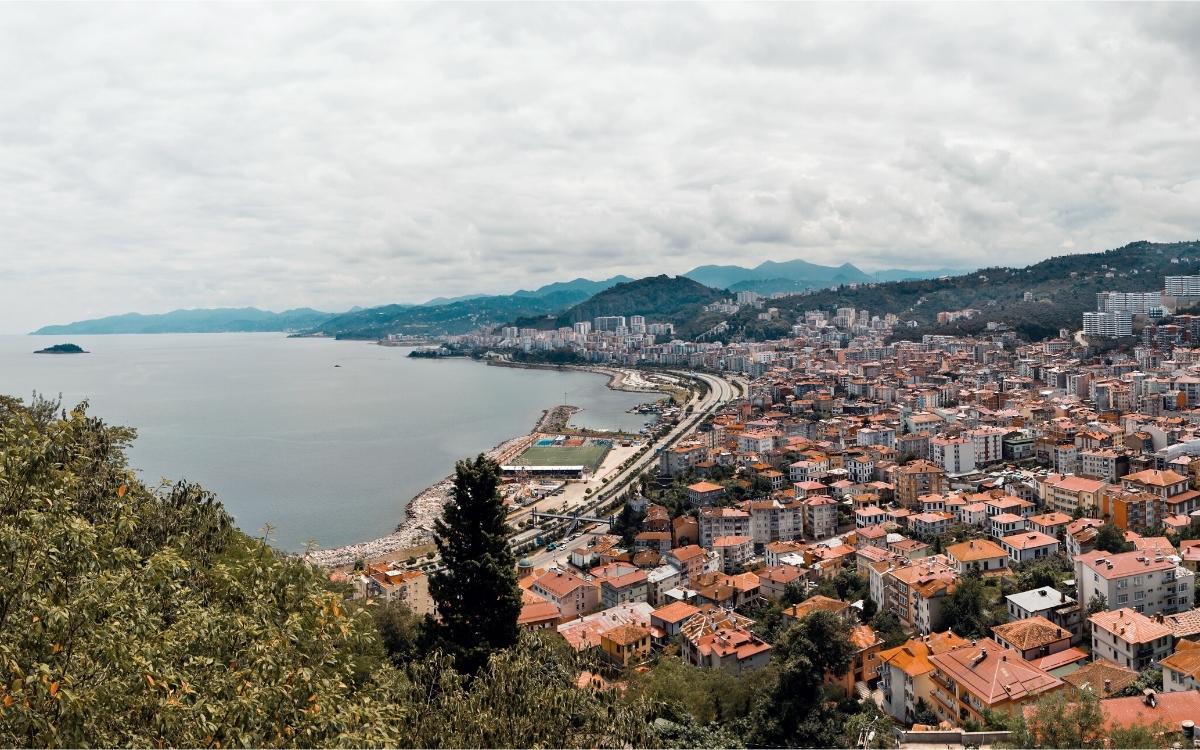
Similar to Trabzon, Giresun has a hilly and green landscape surrounding the major city, with snowcapped mountains looming in the distance. The climate here is subtropical and humid in the summer, meaning it receives more rainfall than other areas in Turkey.
Despite its cloudy weather, the harbor city is a historic landmark on the Black Sea and worth adding to any Turkey itinerary.
The city has been a thriving settlement since the ancient Greeks, who called it Choerades or Pharnacia. It was also populated by the Byzantines, and then the Romans, who called it Kerasous or Cerasus. It is said the word “cherry” comes from the Latin word “cerise,” though now the city is more famous for its hazelnut exports.
As well as all the historical landmarks nearby, Giresun also has some smaller and sheltered beaches on the Black Sea. One of our favorites is the Uluburun Plaji, a sheltered bay surrounded by rocky cliffs. The pebbly beach also has lounge chairs and umbrellas, and since it faces Northwest, it’s the ideal place for sunset.
Sinop
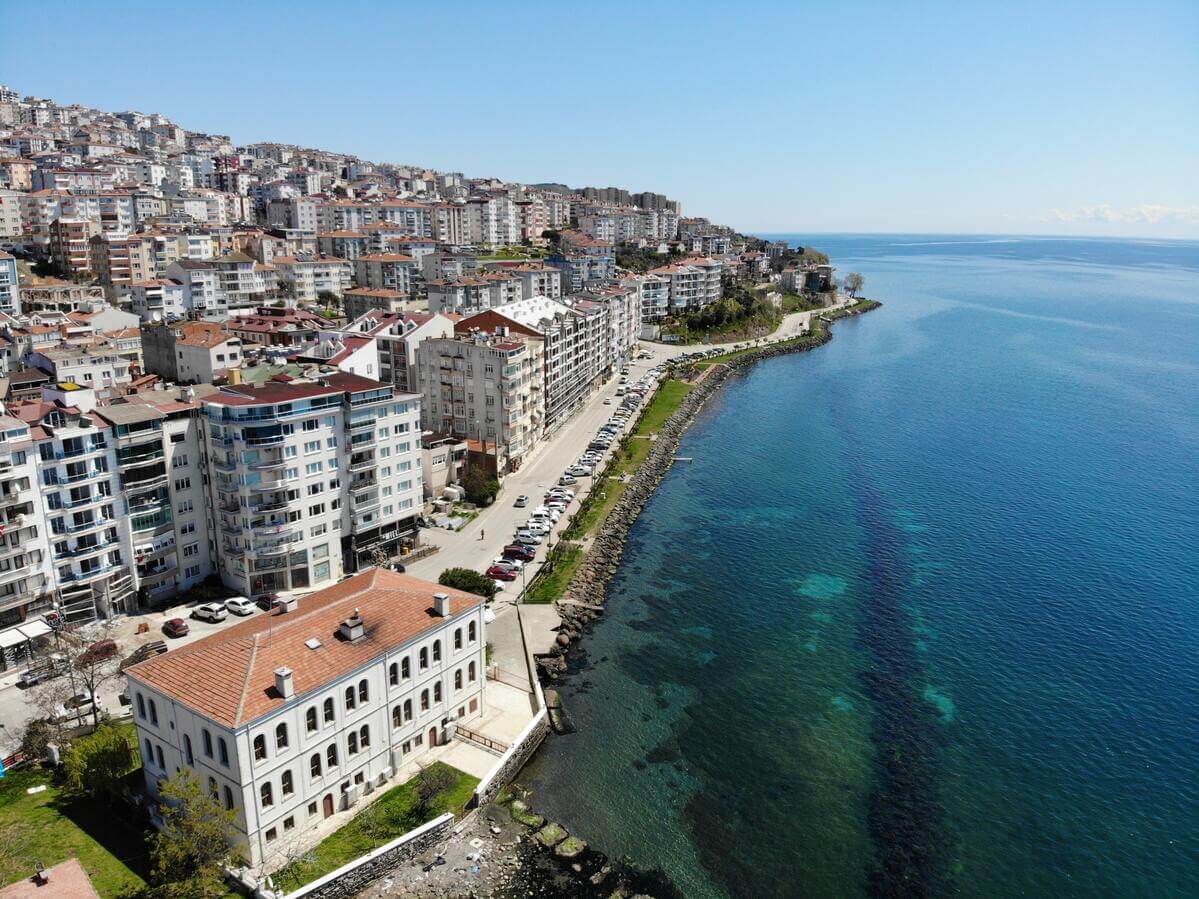
Sinop, or by its ancient name, Sinope, is a seaport city on the Black Sea. It is another historical city known for its Ancient Greek inhabitants; most notable of all, was the Ancient Greek philosopher, Diogenes, who was believed to have founded cynicism.
The city is surrounded by countryside, with lush green grass and hills. It sits on a peninsula that juts out into the Black Sea. It is here that you find beaches lining the Eastern side of the peninsula where the bay is a little more sheltered.
Tuna Beach and Limaniçi Beach are the most notable beaches in Sinop. Both of them offer loungers and beach bars, and have a resort-like vibe. There are several nice beaches further out of town, such as Sarıkum Plajı, a sandy beach with dunes and incredible sunsets.
Amasra
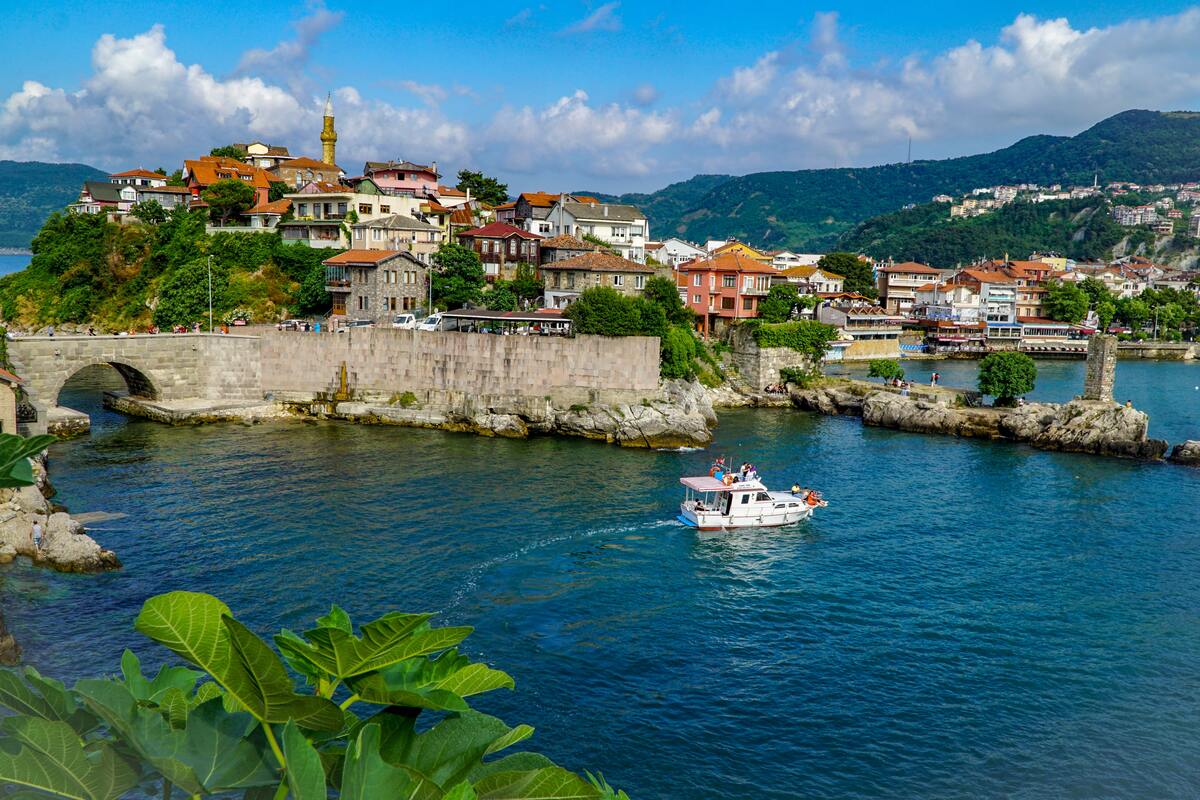
Amasra is a small port town on the Black Sea that can only be described as utterly stunning. It’s quaint and charming, with narrow streets lined with bazaars and seafood restaurants. Like other cities and towns on the Southern shores of the Black Sea, it also has its Ancient Greek, Byzantine, and Roman history, and there are ample ruins and museums to see.
What really brings people to Amasra though, are its beaches. There is a beach in the town, but it is often very dirty. We recommend driving a little way out of town to the Çakraz Plajı beach, which is small and clean with some nice hotels nearby.
Bozköy Plajı is another really nice beach near Amasra and is very clean and unspoiled by humans. It’s bigger than Çakraz Plajı and sheltered, so it’s a great place to swim in the Black Sea.
Amasra is easily one of our favorite cities in Turkey, so make sure you check it out if you are in the Black Sea region.
So, How is Swimming in the Black Sea?
Swimming in the Black Sea is quite a unique experience. In fact, when we swam in the Black Sea, it was some of the warmest waters we have ever experienced. The top layer of water is mixed with fresh water, and it feels just like swimming in a regular ocean.
But be sure to choose your destination wisely. There are some areas along the Black Sea where the waves are pretty big. Make sure you choose a beach that has lifeguards, as this will help keep you safe when you swim in the Black Sea.
Have you ever swam in the Black Sea? Tell us about your experience in the comments.

What difference does it make no oxygen or oxygen?
Hi Mike, the lack of Oxygen means it’s anoxic, which means that certain species of algae and sea life cannot live in the water. It doesn’t have any effect on people swimming, it just makes it a harsh environment for algae and other marine life to live in.
If there is no oxygen in the button layer then that place is lifeless
But water is made of hydrogen and oxygen (H2O), so what is the meaning of saying Black Sea water does not have oxygen?
Anoxic water means that the water has been depleted of dissolved oxygen, but it’s not entirely empty of oxygen. There is much less oxygen than normal, and far less oxygen to sustain life. Anoxic waters tend to have less than 0.2mg of Oxygen per 1 liter, according to The Virginia Institute of Marine Science. The typical ocean water contains between 7-8mg per liter. I hope this answers your question.
This story really surprised me. I live in Romania and Black Sea is a normal sea for me. I swim in it every summer. It has jelly fish, fish, crabs, oysters. It really has not anything peculiar about it.